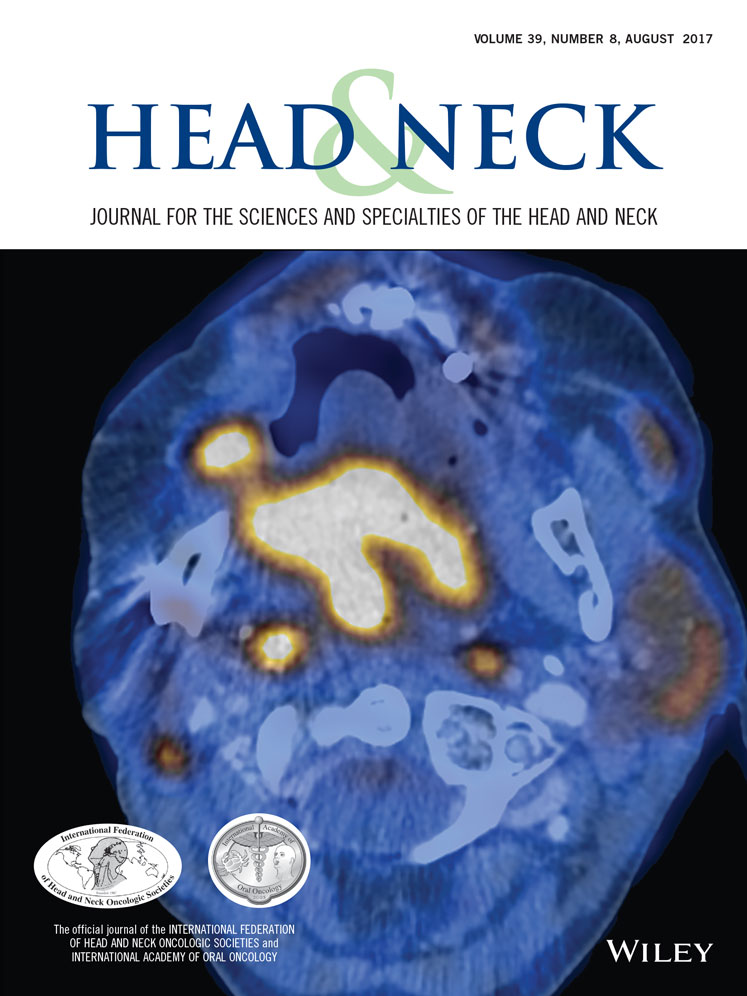Overview of surgery for laryngeal and hypopharyngeal cancer in Ontario, 2003-2010
Funding information: Dr Antoine Eskander was a research resident during the completion of this work, which was supported by funding from the Chapnik, Freeman, and Friedberg Surgeon Scientist Award, the Temmy Latner/Dynacare Chair in Head and Neck Oncology Fund at Mount Sinai Hospital, the Estey Fund from the Princess Margaret Hospital Foundation, the Kevin and Sandra Sullivan Chair in Surgical Oncology Fund, and the Department of Otolaryngology – Head and Neck Surgery at the University Health Network. This study was supported by the Institute for Clinical Evaluative Sciences, which is funded by an annual grant from the Ontario Ministry of Health and Long-Term Care. The opinions, results, and conclusions reported in this article are those of the authors and are independent from the funding sources. No endorsement by the Institute for Clinical Evaluative Sciences or the Ontario the Ministry of Health and Long-Term Care is intended or should be inferred.
This work was presented in oral presentation format at the Canadian Society of Otolaryngology - Head and Neck Surgery Annual Meeting in Winnipeg, Manitoba, Canada, June 6-9, 2015.
Abstract
Background
The primary purpose of this study was to describe variations in incidence rates, resections rates, and types of surgical resection for patients diagnosed with laryngeal and hypopharyngeal cancers in Ontario.
Methods
All laryngeal and hypopharyngeal cancer cases in Ontario (2003-2010) were identified from the Ontario Cancer Registry (n = 3034). Variations in incidence rates, resection rates, and type of surgical resection were compared by sex, age group, neighborhood income, community population, health region, and physician specialty.
Results
Incidence rates per 100 000 vary significantly by sex, age, neighborhood income, and community size. Women, the elderly (75+ years), those in the higher income quintiles, and those living in larger communities were significantly less likely to receive a laryngectomy procedure.
Conclusions
Laryngeal and hypopharyngeal cancer incidence rates vary by sex, age, neighborhood income, community size, and health region. Resection rates vary by age, sex, and health region. These disparities warrant further evaluation to improve the quality of delivered care in Ontario.




